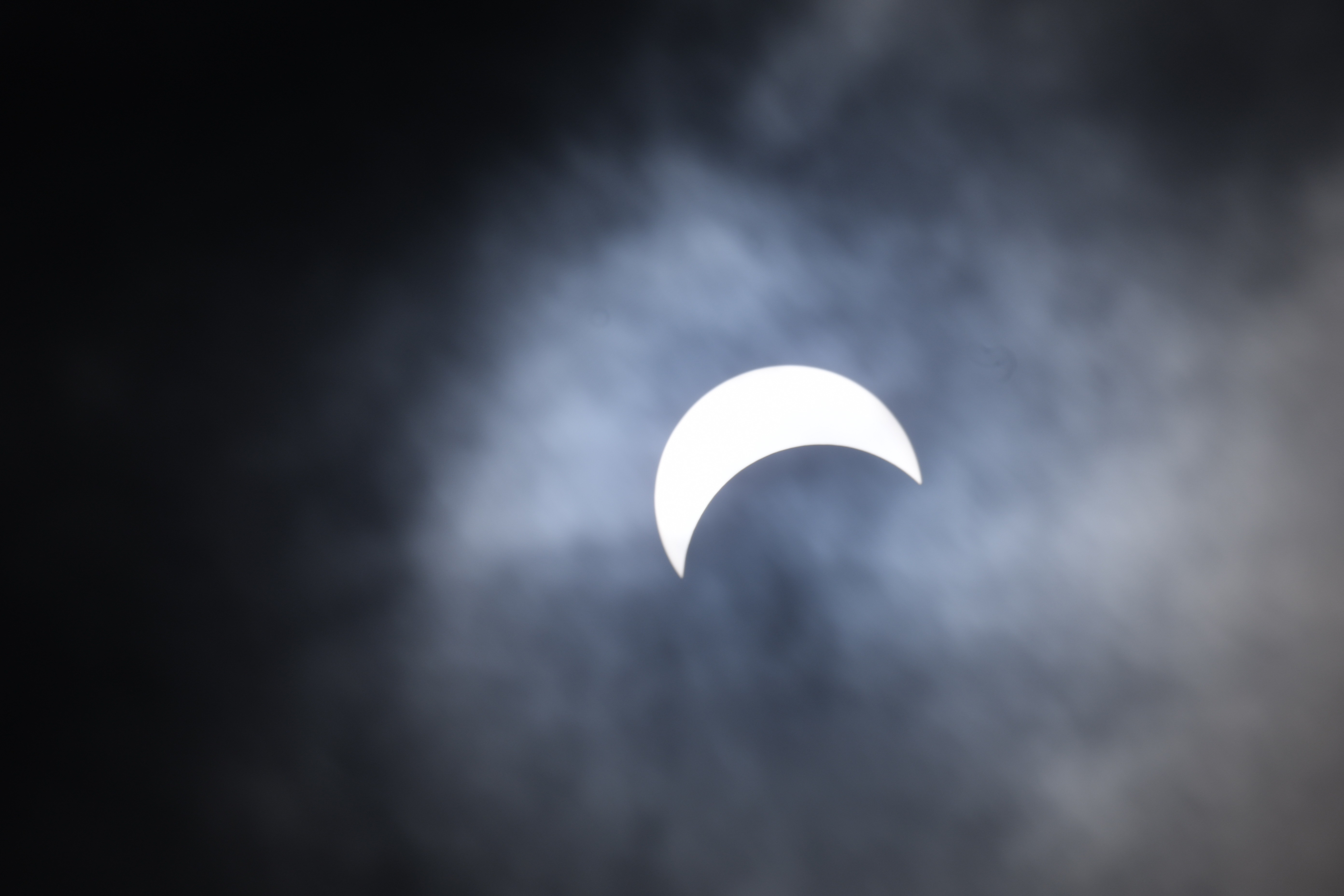by Craig Ritchie
One of the delights of RV camping is enjoying quiet evenings under the stars. But have you ever wondered just what you were looking at?
You’ve driven for several hours and finally arrived at your chosen campsite for the night. It’s great – no phones, no emails, no distractions whatsoever. So you sit outside enjoying the evening, perhaps with a glass of wine in hand, and gaze up at the stars. Away from the glaring city lights, it’s truly remarkable just how many there are to see.
One particularly bright star off to the right catches your eye. Is it the North Star? Or is it the planet Venus? Or is it a distant galaxy blowing to bits in a massive nuclear explosion?
With such amazing views outside on every clear night, it’s little wonder that many RVers develop an interest in astronomy. If you travel with kids in tow, it’s only a matter of time until they start asking about the stars, whether the moon really is made of cheese, or if there are little green people living on Mars. What better way to introduce children to science than by letting them explore the sky above?
Astronomy is one of those things that can be as simple or as complex as you care to make it. You can enjoy stargazing with just the naked eye, or dive right in and seek out specific stars and constellations with a high-powered telescope. It’s all up to you.
The best way to begin exploring the solar system is with a star chart, which is available at any good telescope store. Consider it a map of the sky. Being able to look up and say, “There’s the North Star!” or “That’s Saturn!” will provide anyone with a sense of satisfaction — and a sense of your place in the cosmos — that sticks with you for life.
Beginning with a star chart and your naked eye makes a lot of sense, especially if your RV has limited storage space. There’s plenty to take in, providing you know where to look. That’s where your chart comes in. The average person with average vision can clearly see a galaxy two-an-a-half million light-years away with just the naked eye. Is that cool or what?
Learning the night sky with a star chart takes time, but brings hours of entertainment all on its own. Besides, those skills will pay big dividends should you become hooked on stargazing and wind up buying a serious telescope.
How do you learn the night sky? Just look up and let curiosity take over. Identify things that grab your attention by comparing them against your star chart. Before long, you’ll learn some different constellations or perhaps a planet or two, and find you’re having a ball.






















